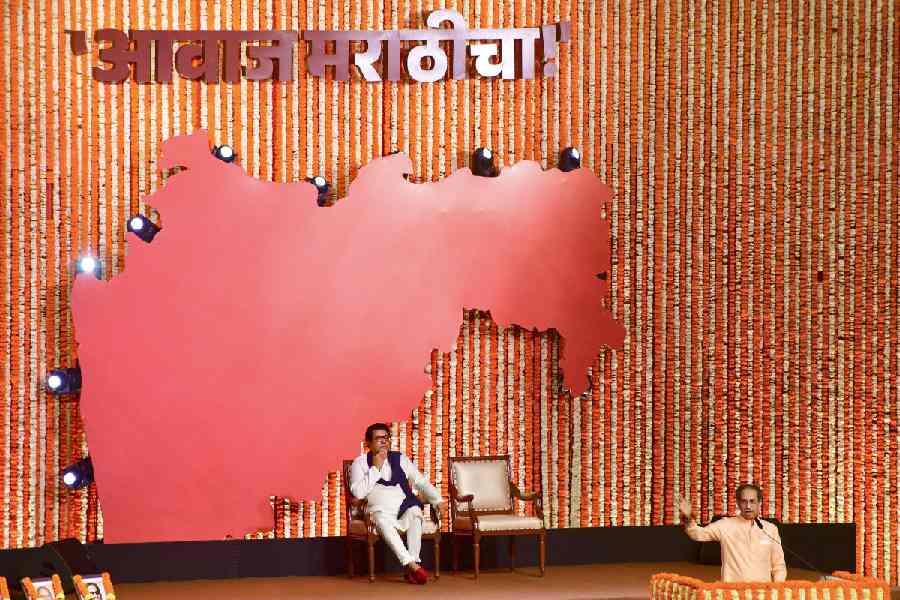|
|
| The new bar at the Filmpodium in Zurich |
Last month, I was privileged to be able to make a small tour of Switzerland with my films. I was very pleased to be showing my work to a new audience but that was not where the privilege lay. I had no idea who would come to see non-fiction work by an unknown Indian/Calcuttan but I had even less of a clue as to the kind of spaces in which the films would be presented; when I came across them, one by one, my eyes widened and widened partly with deep envy.
The first screening was in a small theatre called Spoutnik. Housed in an old building next to the river in Geneva, Spoutnik is part of an arts space that includes artists’ studios, gallery spaces and, inevitably, a cheap but highly atmospheric bar. The theatre itself seats no more than 200 people; the screen is new and beautiful, as is the sound system, but what is truly lovely about the space is the seating: on the side sections, sofas and comfortable armchairs are arranged on rising levels, with small tables and lamps scattered between the seating, while the central section consists of old-style cinema seats rescued from a defunct porn cinema. There is a small counter at the side where drinks and snacks can be bought during the breaks. The intimacy, humour and unpretentious style of the theatre were — and I use the word rarely — perfect. After the screening, the theatre seamlessly becomes an adda where films can be discussed without the usual prosceniumatic divide that separates film-maker from audience.
Another screening was in a completely different arena but equally galling for someone coming from the widening graveyard of a dying film culture. The Filmpodium theatre in Zurich is a minor legend within cinema cognoscenti. Built in 1947, the cinema is a classic of Modernist architecture, with every detail from door handle to the ceiling of the foyer designed with precision and verve. The cinema is now being restored and repaired but it still remains a glorious and quirky viewing space with its asymmetrical hall seating about eight hundred. Again, for someone like me who misses the grandeur and mystery of the old Metro, Lighthouse and New Empire, this was simultaneously an exhilarating and deflating experience. Wandering around outside the Filmpodium while my films were being screened, I got the feeling that it wasn’t just the architecture that was being restored but an entire memory of cinema-viewing, with the great Neo-realist and New Wave films and their posters as markers in a crucial genealogy of art.
The cinemas in Berne and Basel were both attached to the contemporary art museums and were ‘normal’ Western venues, small modern boxes but with superb projection facilities for everything from 35mm and 16mm to tapes and DVD. The last screening I had was again in Zurich, but in a completely different space — a spanking new screening hall in the Art School. This was another salutary lesson in the presentation of what I consider to be ‘my’ art: a huge white hall with the possibility of projection on not just the main screen but all the walls. Walking into the projection room was like walking on to the flight deck of a spaceship, but the concern showed by the projectionist for my film print and DVDs was that of an old-fashioned film enthusiast.
All of which, of course, brings me to the main point: the people themselves who use these screening/viewing spaces. My films were never meant for huge audiences and, indeed, the attendance was small as expected, with audiences ranging from 30 to 60 people (with one screening bringing a grand box office of five souls), but what was fascinating was that people came out on freezing cold December nights to see non-fiction essay-films by an obscure filmmaker. They came, they paid, they watched with huge attention, and then many of them stayed back for sometimes quite long discussions, some of which needed to be translated for non-English speakers. After which most people climbed on their bikes and cycled off into the snow and sleet.
Making this trip once again brought home to me the shameful deforestation of Calcutta’s own cinema culture. It painfully reminded me of the grotesque cynicism with which we’ve let one of the great cine-cities of the world shrink down to what can be called a Nandan-ification, this condition in which we are confined in the sham of the kitschy and shabby ‘art cinema complex’, this grimy pile which has become a cultural spittoon for government bureaucrats and ministocrats. Coming away from Switzerland, certain bald questions came up: what would it take to build upon the example of the one or two decent viewing spaces we have (not counting SRFTI) in Jadavpur and Max Müller Bhavan? What kind of a private or non-governmental initiative would it take to make something like Geneva’s Spoutnik, a small theatre dedicated to the dissemination of serious cinema, round the year, day in and day out, seven days out of seven, making accessible to small audiences the massive bank of moving images and sound now available to us? What would it need to be able to take over and restore one of Calcutta’s great old halls and make it a centre for pleasurable and affordable viewing of talkie-pictures?
What would it take to make a different kind of cinema available to a larger, ‘civilian’ non-cineaste public (after poet Jeet Thayil’s recent usage while talking about making poetry accessible to non-poet readers), to invite people who don’t necessarily know their Godard from their Guru Dutt, or even their Ray from their Ghatak, but who don’t necessarily want to be quarantined from a different kind of film experience, and turn them on? What would it take to occupy Nandan, change its name to Ritwik Talkies say, and set up a series of proper screenings supported by festivities and song and drink and serious adda?
More realistically, what would it take to get a good-quality screen and sound set-up and have open-air screenings in the Maidan or in the city’s parks? Or to set up a barge on the river for a Screen on the Hooghly kind of loop?
The answer is ‘not that much’. And the alternative, aka ‘doing nothing’, will soon bring us to a stage where we have a young public that is as as illiterate in cinema as it is in Bangla or other vernacular literatures, a populace that is as incurious about the world as the most inward-brained know-nothing small town American, a city where there is nothing constructive or critical being projected on the screens of the soul and the intellect.











